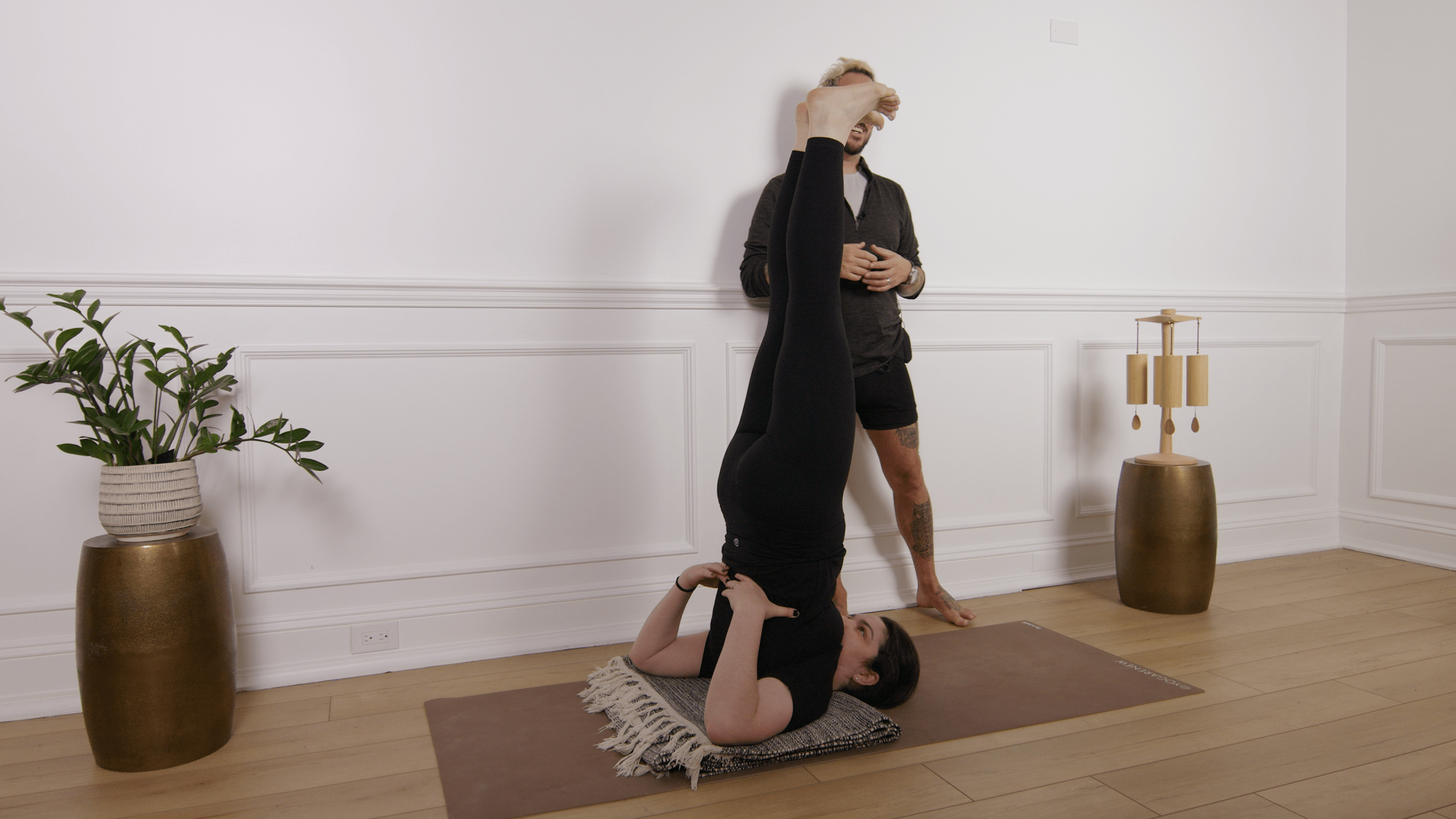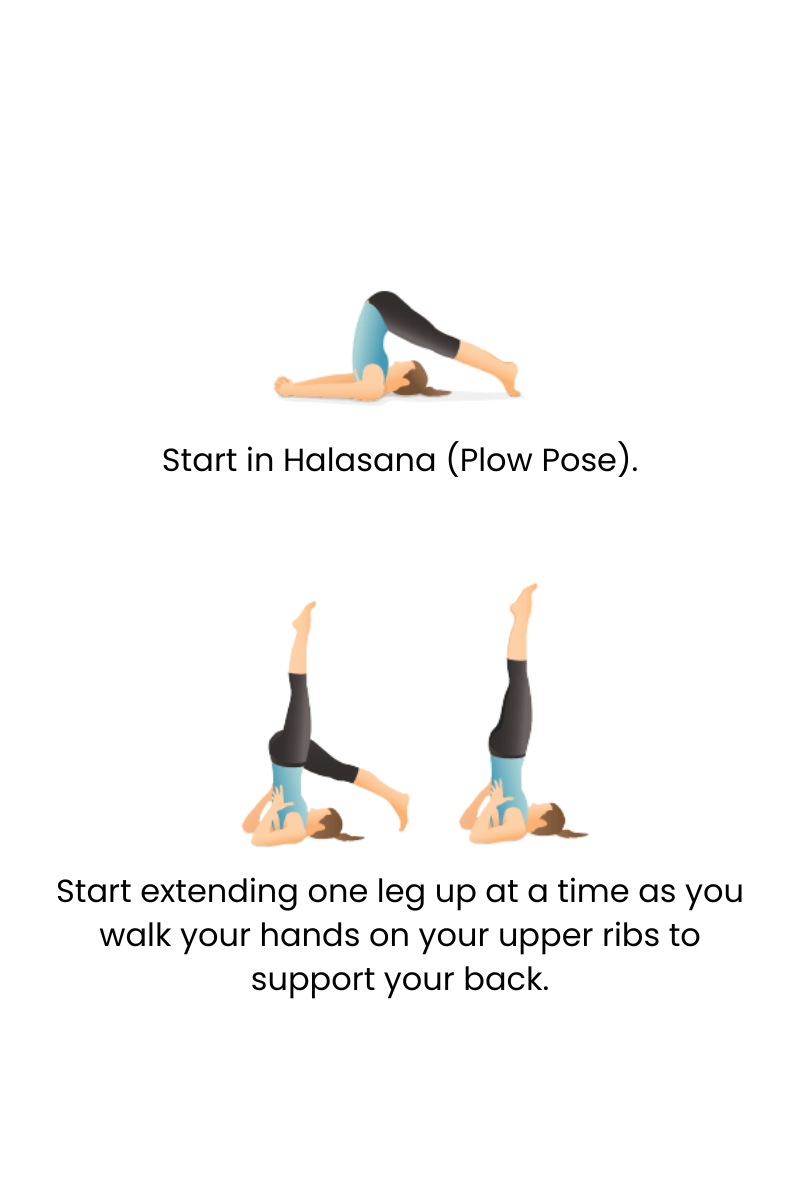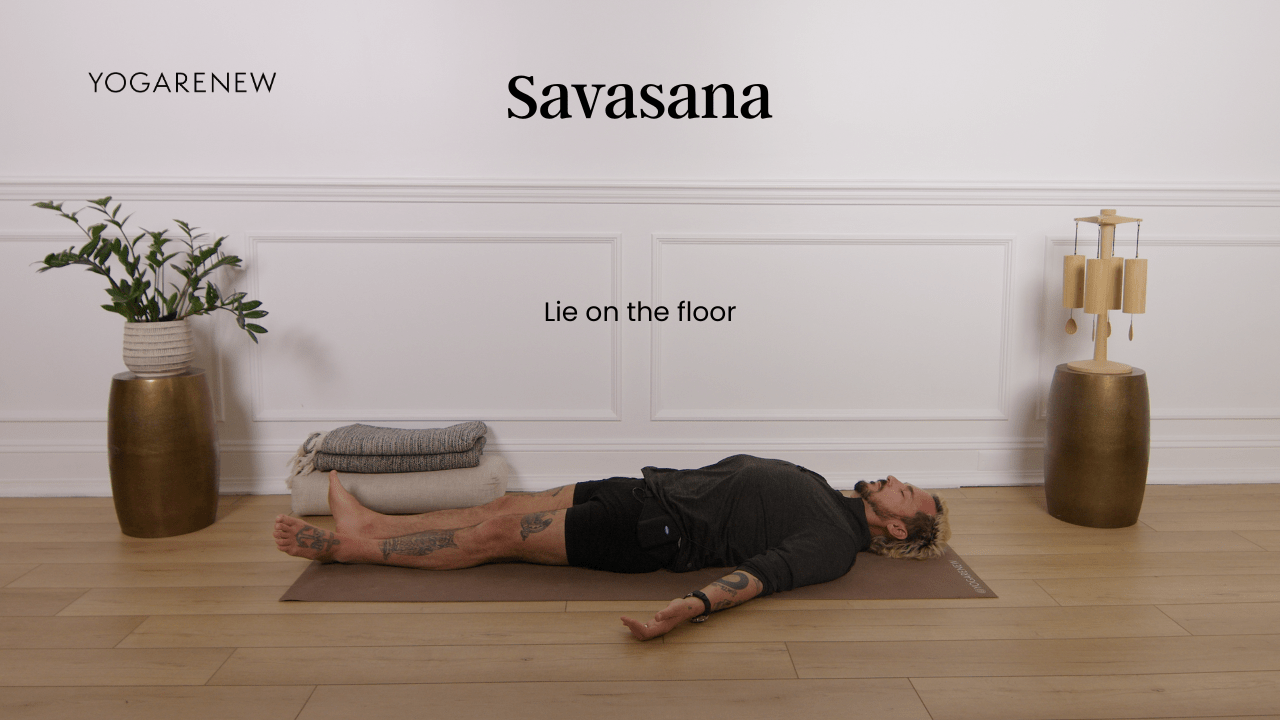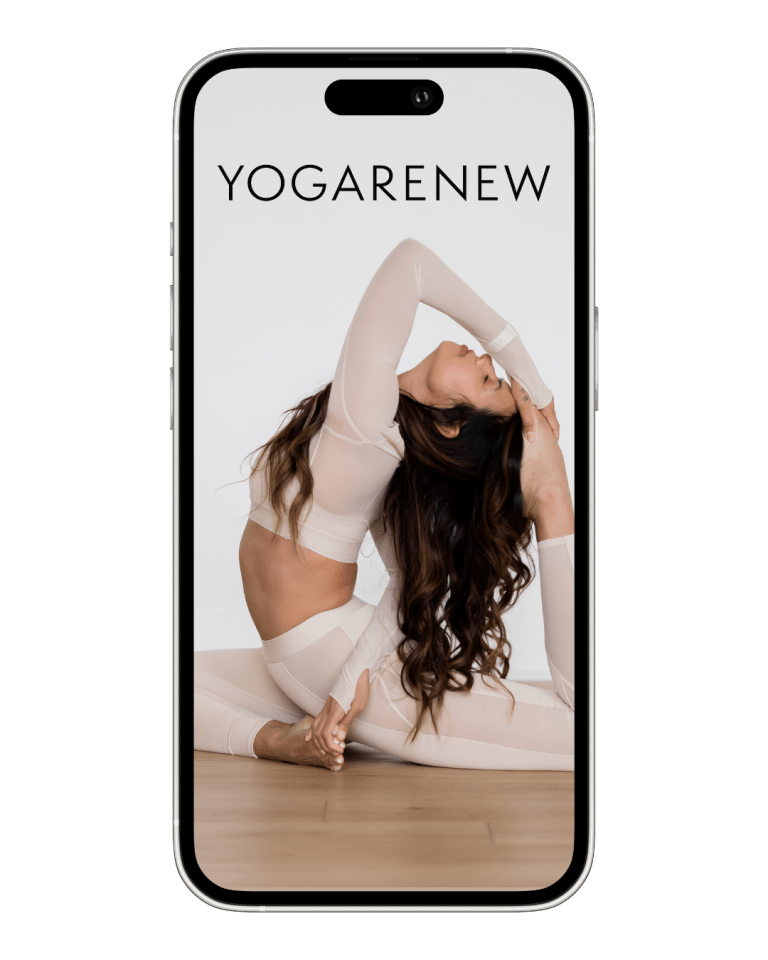What is Shoulderstand?
English Name: Shoulderstand
Sanskrit Name: Sarvāṅgāsana (pronounced sar-VAHN-gah-suh-nuh)
Category: Inversion, Balance, Intermediate to Advanced

English Name: Shoulderstand
Sanskrit Name: Sarvāṅgāsana (pronounced sar-VAHN-gah-suh-nuh)
Category: Inversion, Balance, Intermediate to Advanced
Shoulderstand, or Sarvangasana, is a classical inversion that lifts the legs overhead while the shoulders and arms support the body. Known as the “queen of all asanas,” it activates the parasympathetic nervous system, promotes circulation, and strengthens the upper body.
This pose is deeply calming and energizing when practiced with proper alignment. While beneficial, it also requires attention to safety—making props, modifications, and a steady breath essential.
⚠️ Important: Shoulderstand should only be practiced with proper instruction and awareness. Use props for safety, especially under the shoulders, and avoid if you have neck issues.


Shoulderstand is a powerful, revitalizing pose that taps into the healing power of inversion. Physically, it encourages circulation, strength, and balance. Energetically, it is said to activate the throat chakra, promote clarity, and cultivate inward focus.
Though it requires caution, Shoulderstand offers immense rewards when practiced mindfully. It’s not just a posture—it’s a ritual for stillness, steadiness, and rebalancing your inner world.
Not typically. Beginners should use props or alternatives and receive proper guidance.
Start with 5–8 breaths and gradually increase as your comfort and strength develop.
Try Legs-Up-the-Wall Pose (Viparita Karani) or a supported inversion with a bolster.
It affects many systems at once—circulatory, endocrine, lymphatic—making it deeply restorative and beneficial when done safely.

Explore classes & pose tutorials for any style, format, duration or experience level with a free account in the YogaRenew app. Or subscribe and gain access to workshops, live classes and more.